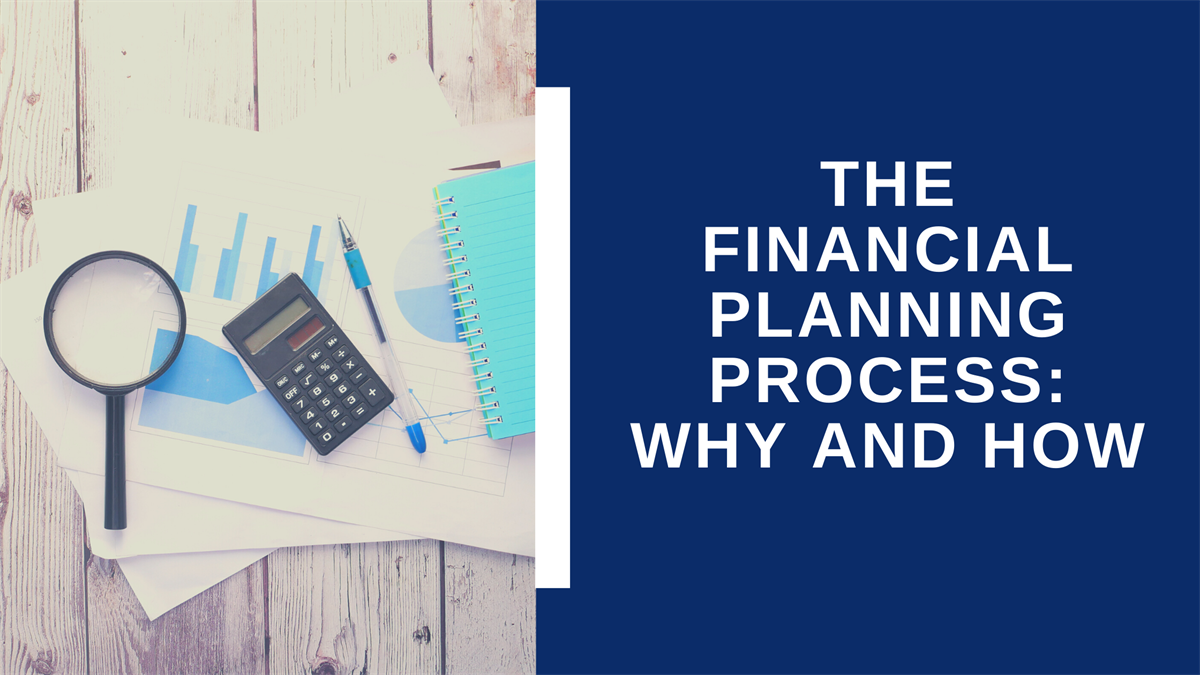Pricing for Profit: Understanding Market Trends

When you’re looking to sell your house quickly and profitably, one of the most crucial decisions you’ll make is determining the right price. Market trends play a significant role in helping you price your property in a way that attracts buyers while maximizing your return. Pricing your home too high or too low can result in missed opportunities, delays, or even undervaluation.
For motivated sellers, understanding how to set a competitive price based on property value, market analysis, and real estate market trends can make all the difference in achieving a timely sale without sacrificing profit. In this post, we’ll dive into the importance of understanding pricing strategies and how they can help you set a fair yet competitive price to sell your home quickly.
Our buying process/guideline for sell your house/hassle-free process is designed to assist sellers in navigating this critical step, ensuring you price your home right and get the best offer. Let’s explore how to understand market trends and set a pricing strategy that will benefit you as a motivated seller.
The Role of Market Trends in Setting the Right Price
When you’re looking to sell quickly, understanding market trends in your area is key to determining the right price. The real estate market is constantly evolving, and pricing your home in line with current market conditions can help you avoid overpricing or underpricing.
In a seller’s market, where there are more buyers than homes available, you might be able to price your property slightly higher without losing interest. However, in a buyer’s market, where there are more homes for sale than buyers, you may need to price more competitively to attract offers.
Market analysis helps you understand current demand, the average time homes are on the market, and pricing trends in your neighborhood. By following market trends and adjusting your pricing accordingly, you can ensure that your home doesn’t sit on the market for too long or get priced out of buyers’ reach.
Understanding Property Value and How to Price Accordingly
Property value is another crucial element when pricing your home for a quick sale. It’s important to set a price that reflects the true value of your home based on current market trends, location, and condition. Factors like square footage, condition, and additional features such as a renovated kitchen or updated bathrooms can add significant value to your property.
However, overestimating the value of your home because of personal sentiment or the amount you’ve invested in renovations can be a mistake. Buyer preferences also play a role in determining the market value. For example, homes with eco-friendly features or modern amenities may command a higher price in today’s market, but older homes with fewer updates might require a lower price to remain competitive.
Conducting a thorough market analysis is essential to accurately assess the value of your home. Comparing your property to similar homes that have recently sold in your area can give you a clear idea of the fair market value and help you set a competitive price that attracts buyers.
Pricing Too High or Too Low: The Risks
Pricing your home too high is one of the most common mistakes made by motivated sellers. It can lead to overpricing errors, which cause your home to linger on the market longer than necessary. If your home is priced too high for the current market, potential buyers may overlook it in favor of more reasonably priced properties. This can lead to financial pitfalls like having to drop the price multiple times, which can signal desperation to buyers and hurt your chances of selling for a fair price.
On the other hand, pricing your home too low might generate interest quickly, but it can also lead to leaving money on the table. A quick sale is tempting, but it’s important not to undervalue your home. Pricing too low can cause buyers to question the home’s condition and features. It’s important to find the balance between a competitive pricing strategy and ensuring you receive a fair return.
Understanding home value and taking the time to price appropriately based on market trends and recent sales in your neighborhood is essential to avoid these common pricing mistakes.
Pricing for Profit: The Right Selling Strategy
When setting the price for your home, your selling strategy should reflect your goals. Are you looking for a quick sale? Or are you willing to wait a little longer for a better price? Your pricing strategy can be adjusted based on your circumstances.
If you need to sell quickly, consider pricing your home slightly below market value to create more interest and urgency among buyers. This can lead to multiple offers and a faster closing. However, if time isn’t an issue, pricing your home based on a market analysis and factoring in your home’s condition, location, and buyer preferences will help you achieve a more profitable sale.
The key to pricing for profit is understanding your personal situation, the local market, and how buyers perceive value. A well-priced home will attract more buyers and help you secure the best offer possible.
Common Questions About Pricing and Market Trends
Before setting your price, it’s essential to consider some common questions that motivated sellers often have. These questions will help guide your decision-making process as you price your home for a quick sale:
1. How do I know if my home is priced correctly?
The best way to determine if your home is priced correctly is by conducting a market analysis of comparable homes in your area. This will help you set a price that aligns with current market conditions and buyer expectations.
2. What happens if I overprice my home?
Overpricing can lead to fewer buyers, longer time on the market, and eventual price reductions, which could hurt your chances of selling for the price you desire. Homes that stay on the market too long may be viewed as less desirable.
3. Should I price my home below market value for a faster sale?
Pricing your home below market value can create urgency and attract more buyers. However, it’s essential not to undervalue your property too much. Pricing too low can result in missed profits and a possible negative perception of your home.
4. How do I adjust my price if my home isn’t selling?
If your home isn’t selling, review the market trends and buyer preferences. Consider lowering the price or offering incentives to attract more buyers. Additionally, adjust the price to reflect any changes in the market or your home’s condition.
5. Can I price my home for top dollar if I need to sell quickly?
Yes, it’s possible to sell quickly and still make a profit if you price your home competitively. Understanding buyer preferences, property value, and the local market can help you set the right price to meet your timeline and financial goals.
Sell Your House Fast with Nahas Realty
At Nahas Realty, we understand how important it is to price your home competitively to sell your house fast and maximize your profit. We help motivated sellers navigate market trends and price their homes in a way that attracts the right buyers while ensuring a profitable sale. Our team specializes in a hassle-free process to help you get the best offer without the delays or stress of traditional home selling.
If you’re ready to sell your house and get a fair cash offer, visit us to learn more about our buying process. Let Nahas Realty guide you through the steps of setting the right price for your home and getting the sale you need. Pricing for profit is within your reach, and we’re here to help you achieve it!






